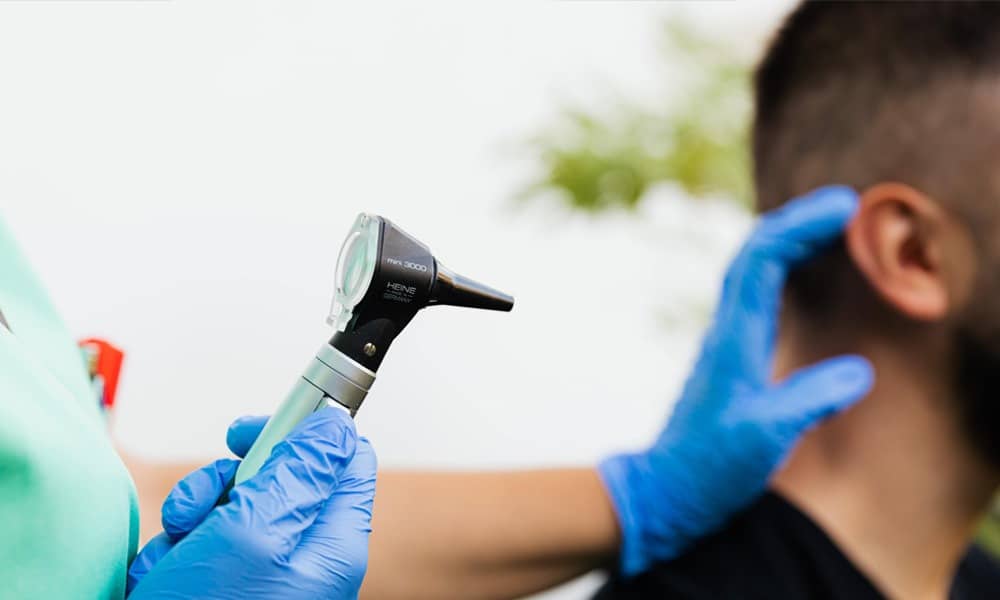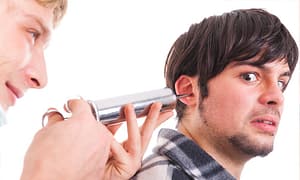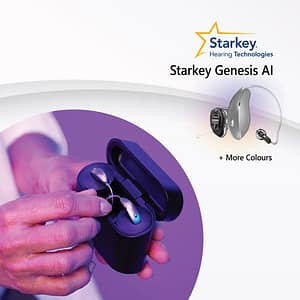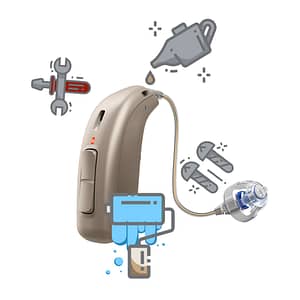So, you’ve decided to opt for an earwax removal. Don’t panic! It’s one of the most tried and tested medical procedures in healthcare.
At Hear4U we have a range of options to aid your predicament. Some methods may be recommended above others due to your personal medical history, and you should always check with a specialist before making your decision. So, what are the options?
Softeners (Cerumenolytics)
Used to break up and erode ear wax build-up (typically as a precursor to more hands-on methods), cerumenolytics are very useful as a first step in tackling the problem. Typically, they are administered once or twice per day over 3-5 days. However, if you’re about to undergo any of the other removal methods, then much more regular application is recommended.
The actual process is fairly quick and easy, with the solution applied directly into the ear. Generally speaking, this takes less than five minutes and can even be performed at home. Side effects are mild, but it can cause minor irritation and discomfort, temporary hearing loss and feelings of dizziness. Fortunately, these symptoms usually only last for a few moments.
Softeners come in a variety of different types and tend to be either oil or water based. They are perfectly healthy and safe for the vast majority of the population – they’re even used on pets!
Ear Irrigation
Still often referred to as syringing (a practice now superseded by the more precise modern methods), ear irrigation involves a low-pressure stream of water channelled into the ear using a specialized irrigator.
In turn, the water is carefully aimed towards the upper ear canal in order to flush out wax build-up and debris. The procedure is entirely painless and can take up to thirty minutes.
While highly recommended, this method may not be suitable for people with long-standing ear conditions such as a perforated eardrum or infection, so, as always, be sure to check with your doctor or one of our experts first. For more details, read here.
Curette and Cotton Holder
A curette is a long, thin surgical tool akin in size and shape to a stylus. At the tip is a small scoop or hook, designed for the gentle removal of excess tissue in a variety of medical procedures. Although often confused for the more intrusive ‘ear pick’, the specialized curette we use here at Here4U, known as a Jobson Horne, is a far more precise instrument.
It combines the functionality of a specialized ear curette with the gentle touch of cotton; the former to remove impacted cerumen, the latter to clean and dry the ear in the process.
All in all the practice is safe and effective, yet it requires a great deal of training and expertise – as such, we advise that you leave this one to the professionals and do not attempt to do it yourself at home.
Microsuction & Endoscopic Microsuction
Our fourth and final method (or should it be methods?) is perhaps the safest, but also the most advanced. Microsuction involves a highly specialized piece of kit, a mini-vacuum designed for the ear. For an in-depth look at what it’s all about, do check our blog post here.
So, there we have it! The very best approaches on the market. If you’re interested to find out what might be the best method for you, don’t hesitate to get in touch with our dedicated team of experts for free on 0800 369 8600 or email admin@hear4u.co.uk



